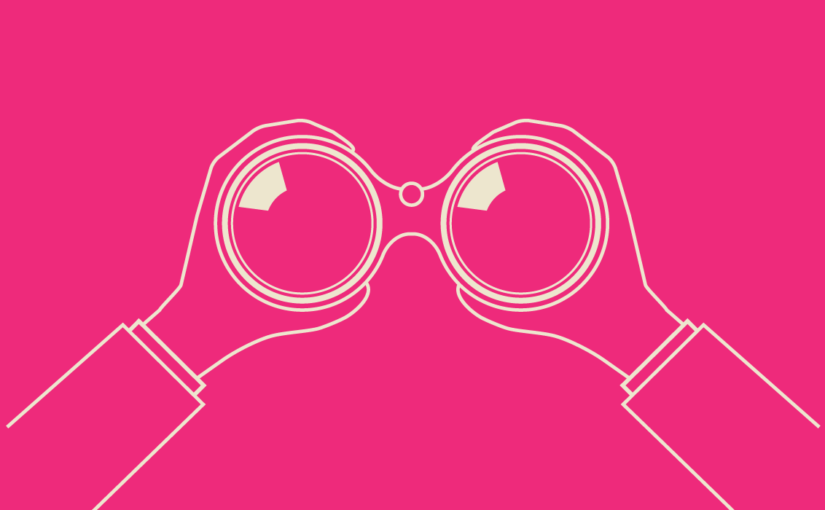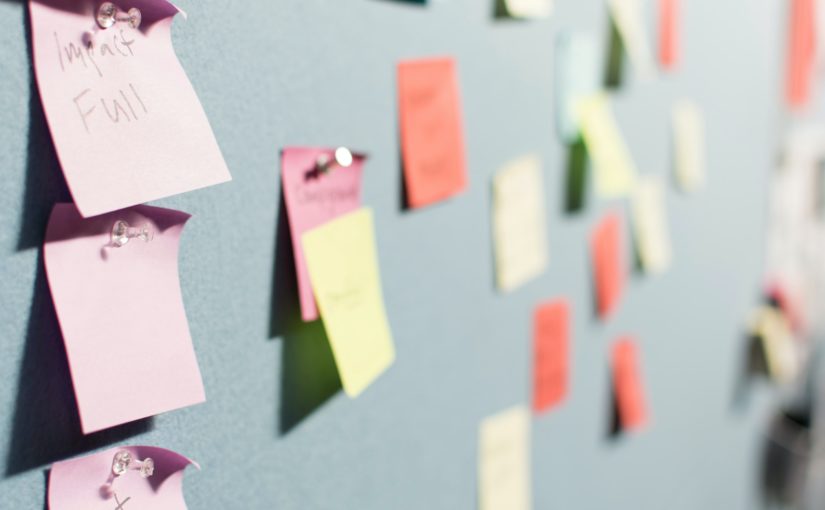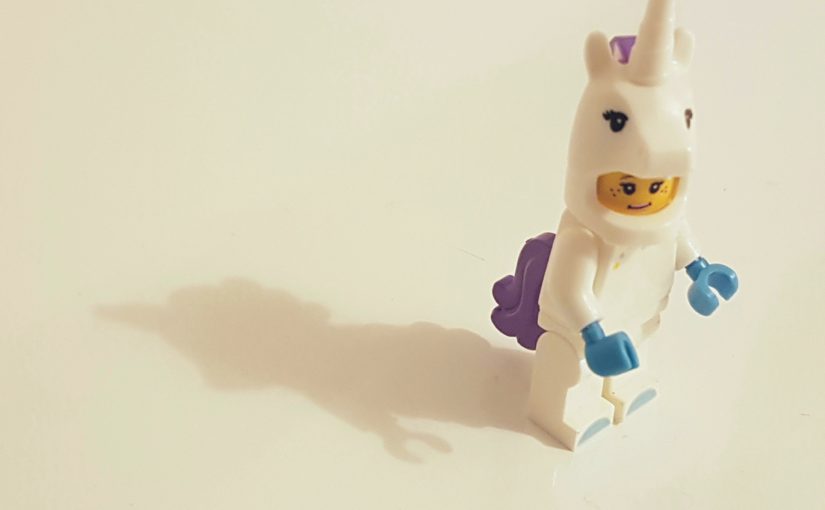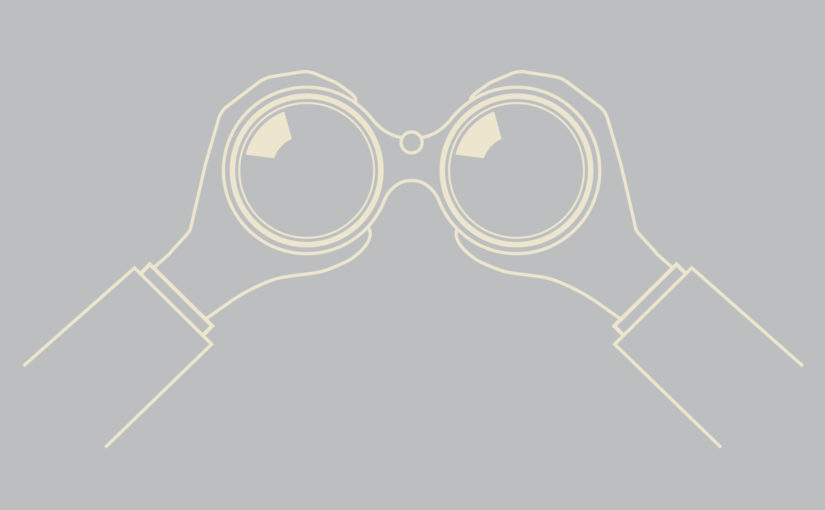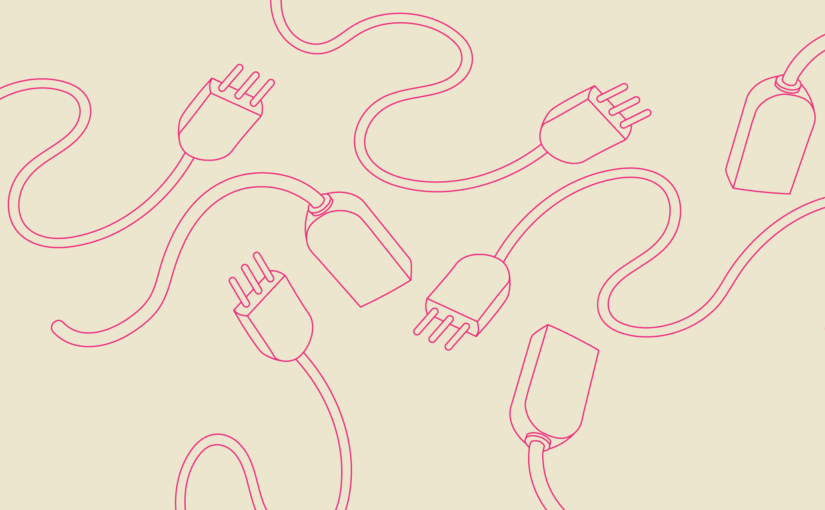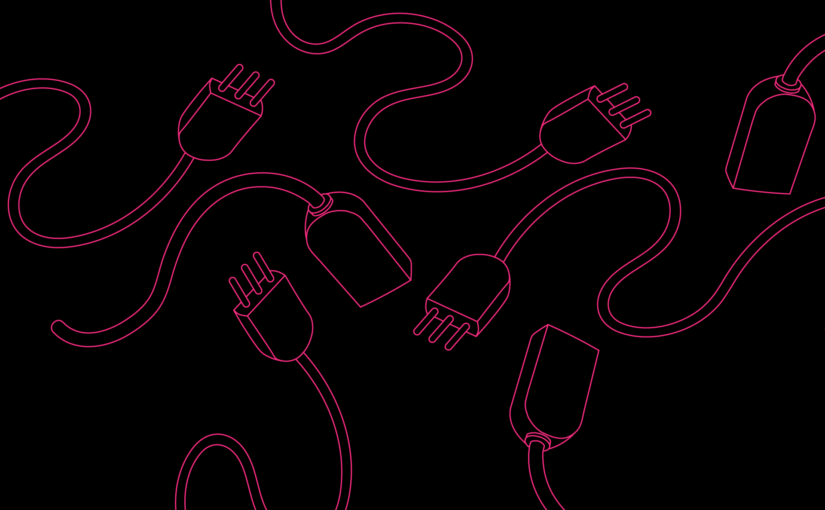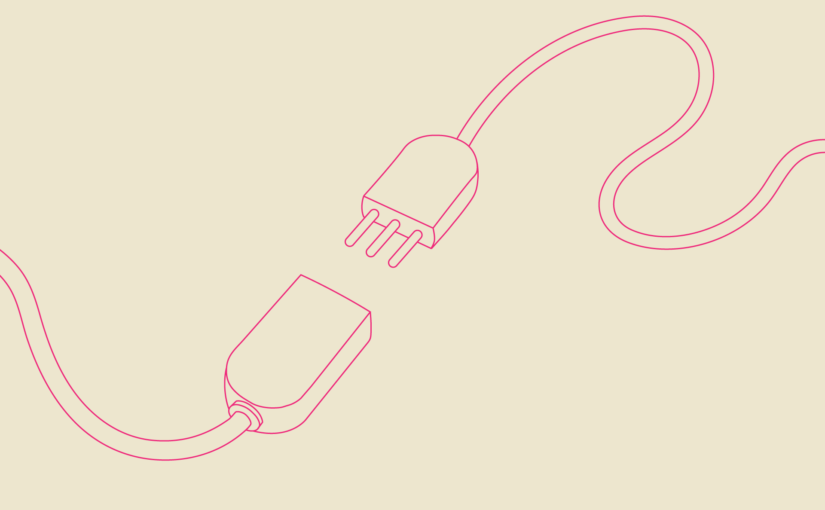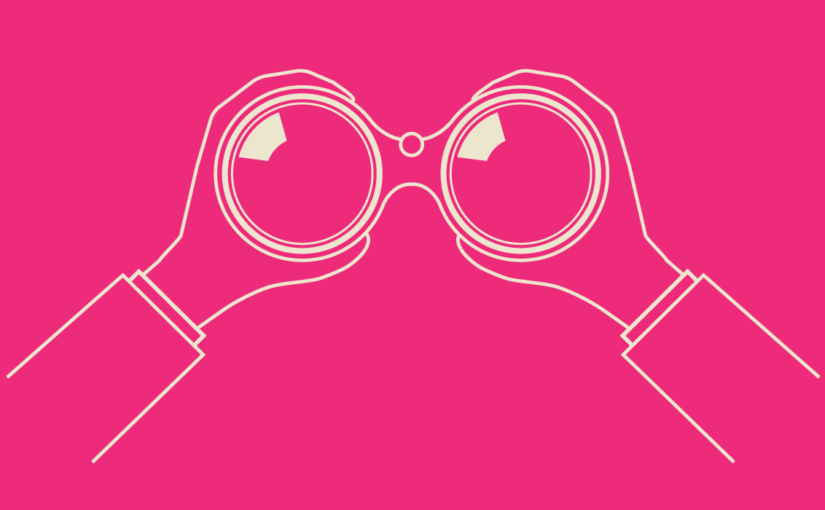Embracing Change: A Strategic Reset Guide
“Change is the only constant.”
So said Heraclitus, the Greek philosopher. His sandals may not be trending now, but his thinking still is. This guide is designed to help you embrace change and transform insights into a smarter, sharper marketing plan.
How to Use This Guide
We recommend carving out 45–90 minutes per day over 3 to 5 days. Gather your team—or just bring a coffee and your favorite thinking tool—and find a quiet space. Shut the door. Start where you are. Starting is the hardest part.
By the time you’re done, you’ll have a clearer picture of what’s working, what’s next, and how often you’ll want to repeat this kind of check-in.
P.S. When we guide clients through this process, it’s a multi-day experience of discovery, strategy, creative ideation, and planning. The magic comes from giving yourself time to pause, reflect, and rethink. This isn’t busywork—it’s the groundwork for bold ideas. Have fun.
1. Wins & Losses
-
What worked this year? Celebrate it.
-
What didn’t? Be honest. What did you learn?
-
Want to go deeper? Try a quick SWOT by defining:
- Strengths
- Weaknesses
- Opportunities
- Threats
2. Your Customer
-
How have your customers’ lives or challenges changed recently—this year, this quarter, this month?
-
What new pain points are they facing?
-
What are they asking for without saying it directly?
3. Your Value Proposition & Purpose
-
Which of the above problems do you solve—and how effectively?
-
Has anything shifted in your data, feedback, or offering that makes your value proposition stronger (or weaker)?
-
Where does your purpose intersect with your customer’s needs? That overlap is your sweet spot. Make sure it’s clear, concise, and integrated into your messaging.
4. Brand Landscape
-
Where do you stand now in the industry?
-
Have your competitors changed—added, merged, evolved?
-
How is your offering differentiated? Think beyond product—what’s your experience like? Your tone? Your ethos? Your metaphorical (or real) bouncy castle?
5. Messaging Plan
-
Have your competitors shifted their positioning? If so, how does it affect your space?
-
Build a list of messaging themes based on the customer problems you solve.
-
Assign each theme to the platforms you use (email, social, site, print, etc.).
-
Avoid copy-pasting the same message everywhere—tailor it per platform, even if the core theme remains consistent.
-
For each main theme, define 3–5 subpoints or stories. Use these to create platform-specific variations that all support the same narrative arc.
6. Voice & Storytelling
-
Is the way you speak to your customer still resonating?
-
Have shifts in culture, economics, or politics created new nuances in how you should communicate?
-
Are there opportunities to be more inclusive, empathetic, or imaginative in your language or imagery?
Last Thought
Yes, this is a lot. And yes, we love it.
This guide is just the start—each section can be a launchpad into deeper dives tailored to your team, your goals, and your growth. So suit up, dive in, and most of all: enjoy the process. This is where the next great version of your brand begins.




